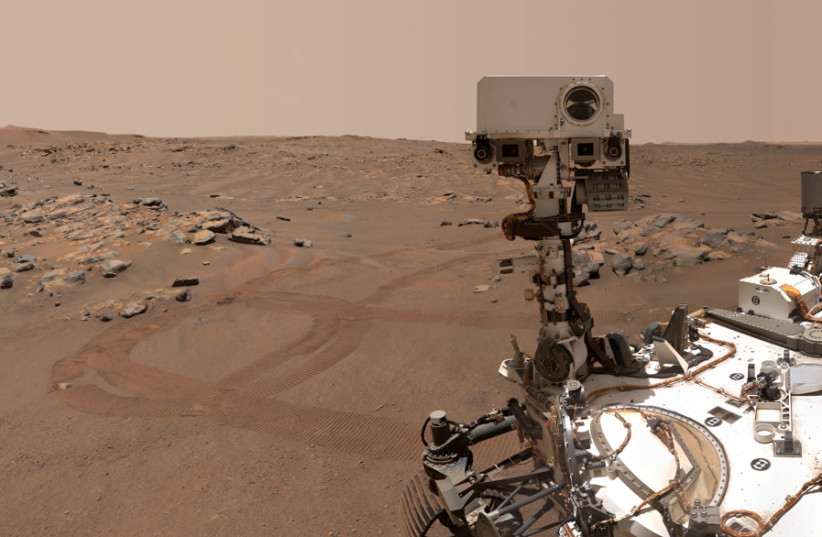NASA's Perseverance rover succeeded in producing oxygen on Mars, according to a new study published on Wednesday in the peer-reviewed journal Science Advances.
The Mars Oxygen In Situ Resource Utilization Experiment (MOXIE) carried in the Mars rover managed to produce oxygen from the carbon dioxide-rich Martian atmosphere during both the night and day.
MOXIE works by taking in Martian atmosphere through a dust-trapping high-efficiency particulate air (HEPA) filter, compressing the atmosphere with a scroll pump, heating it to about 1,500 degrees F (800 degrees C) and sending it through a solid oxide electrolysis (SOXE) assembly, which separates the carbon dioxide into oxygen ions and carbon monoxide.
The achievement is a major step in preparing for sustainable human exploration of Mars as a scaled-up version of MOXIE could produce tens of tons of oxygen on the planet for a rocket to transport astronauts off the surface of Mars, instead of having to launch the required fuel from Earth.
A scaled-up version of MOXIE could produce enough oxygen to launch a craft for a six-person crew after 26-months.

While MOXIE performed well throughout 2021 after landing on the red planet in February of that year, researchers noted that a number of design compromises would need to be addressed in a scaled-up system.
New study comes after another groundbreaking Mars discovery
The study comes just days after four papers were published in Science and Science Advances about new rock samples collected by Perseverance.
The rocks were collected in the Jezero Crater, an area targeted by NASA as it appears to contain a river delta and a lake and could be the best bet for scientists to learn about the geological and water history of the red planet.
The samples collected are all igneous cumulate rocks - rocks formed by the cooling of molten magma - which is the ideal rocks for precise geochronology once they're returned to Earth. The rocks also show signs of having been altered by water.
